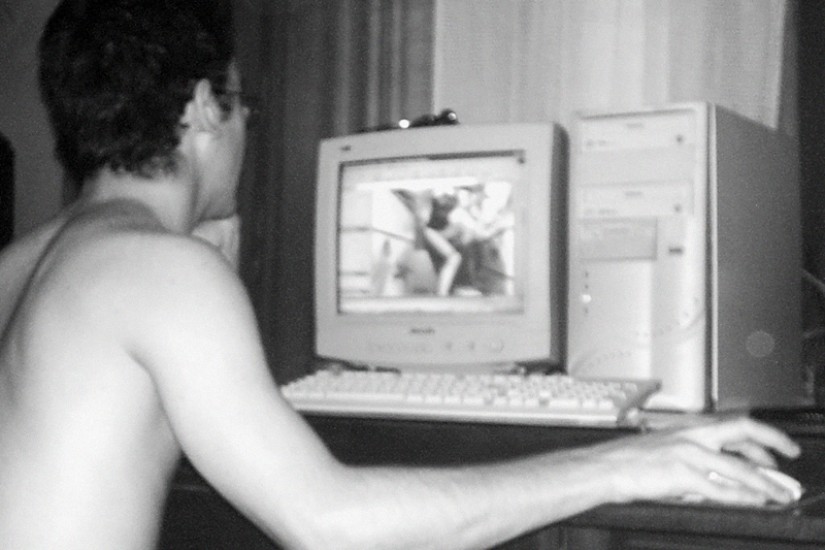According to Forbes, by the end of the ’90s there were half a million sex sites, with one hundred fresh ones popping up each week, many of them very profitable very quickly due to the sales of ads, products, and links to spicier paywall-protected areas. Come 2000, the porn industry’s total yearly take was some $2 billion in Web business alone.
The Web, by definition, offered virtual sex. Much of it was literally autoerotic. The solitary online sexual encounter, for many men and women, came to be regarded as noncommittal, less emotionally taxing, and less trouble. Why deal with the challenges or rewards of another’s needs, when one could satisfy one’s own—and so efficiently? For many online users, the synthetic actually replaced the actual: online sex became not an expression of mutual connection but of selfish release. But this was only half the picture.
For millions of others, the earliest forms of cybersex brought the promise of genuine engagement, not alienation. Strangers typing words to one another—digitally stimulating a partner by writing on a keyboard—could experience real-time interaction on an entirely new plane. Online sex brought InstaGrat. It boosted the ego. It offered a number and variety of potential partners that were theoretically limitless. It allowed for a semisanctioned embrace of new taboos, which was arousing in and of itself. Its virtual nature made “online cheating” arguably more acceptable to one’s real-life partner or one’s conscience. Its attendant anonymity could be exhilarating and often emancipating. Its seamless utility (from the comfort of one’s home) was liberating. Its relative safety, to many users, beat its real-world equivalent hands down, because electronic transmission came with zero risk of STDs.
